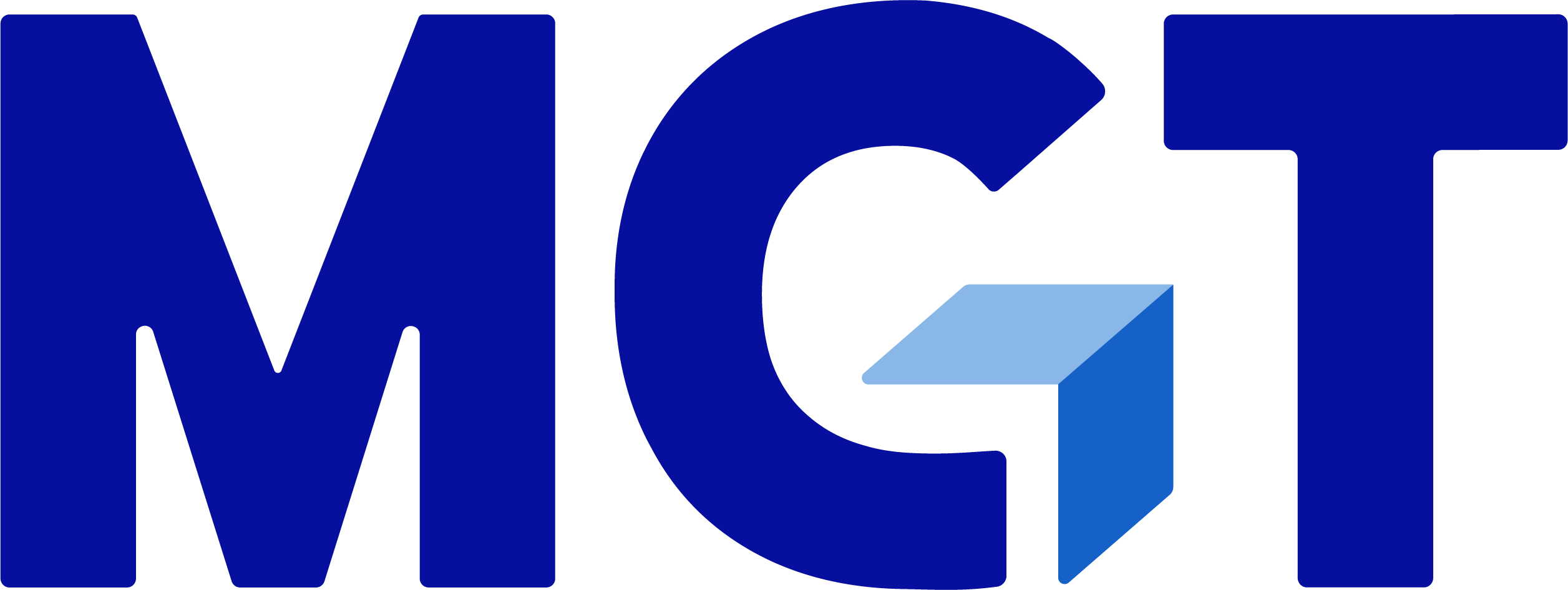Improving Underperforming Schools
If you give a man a fish, you feed him for a day. Teach a man to fish, and you feed him for a lifetime. I guess a lot of the adages’ efficacy depends on how you’re taught to fish. Perhaps you had a lousy teach like me, who felt the best way to fish was by chumming the water and wrestling the big game into submission. Sure, the adventure was nice, but not really an efficient way to get fed for a lifetime.
But is education really about catching fish? Well, adages aside, there is substantive research supporting the idea that education has a lasting impact on students’ financial well-being. One study found that “replacing a teacher [who is ranked] in the bottom five percent with an average teacher would increase students’ lifetime incomes by more than $1.4 million.”[1] Education is about more than dollars and cents, but you’d be hard-pressed to find someone that would turn down a million dollars.
Unfortunately, there are children all across America attending schools that, to keep with the metaphor, think novice shark-wrestling is an effective pedagogical practice. These schools will have multi-generational impacts on the lives of the communities they serve. There are many reasons why bad schools exist. Articles, books, and entire news cycles have been produced on the national teacher shortage, funding, antiquated policies, the private/public/charter debate, etc. discussing these various “causes” will go ad infinitum.
But what can be done now?
Well, lots of things can, and are being done. In late 2018, Secretary of Education Betsy DeVos approved Florida’s ESSA plan, which meant that every state had an approved plan for how they were going to ensure equitable educational opportunities would be available to all students. Policy initiatives are great solutions and show that change is heading in the right direction.
But there are even more immediate and powerful solutions. Instructional support from mentors, coaches, administrators, and colleagues has been proven to have a real impact on the effectiveness of low-performing teachers. Teachers are often left alone in their classroom, with sporadic contact with administrators or instructional leaders. While we might have an understanding of what good teaching is, it is another thing to put that in practice. In-the-moment coaching goes a long way to helping teachers refine their skills in the context of their own students.
In addition, teams of teachers can amplify their impact by working together to ensure all students’ learning needs are met. Commonly known as Professional Learning Communities (or PLCs) these teams help teachers think through some of their most immediate decisions and gain insight from trusted colleagues with similar experiences. With the right supports in place, every teacher can improve student outcomes.
Instructional support—like coaching—and collaborative team settings—like PLCs—are proven to increase the likelihood that good teaching happens in the classroom. So instead of finding a new fishing instructor, with a bigger boat, or a better chum mix, make sure the they receive regular coaching or are part of a team of fisherman that are familiar with the waters. All students deserve better than submission wrestling in chummed waters.
[1] Chetty, Raj, John N. Friedman and Jonah E. Rockoff. V. 12, No. 3 (2012). Great Teaching. Measuring its effect on students’ future earnings. Education Next, 12(3)
